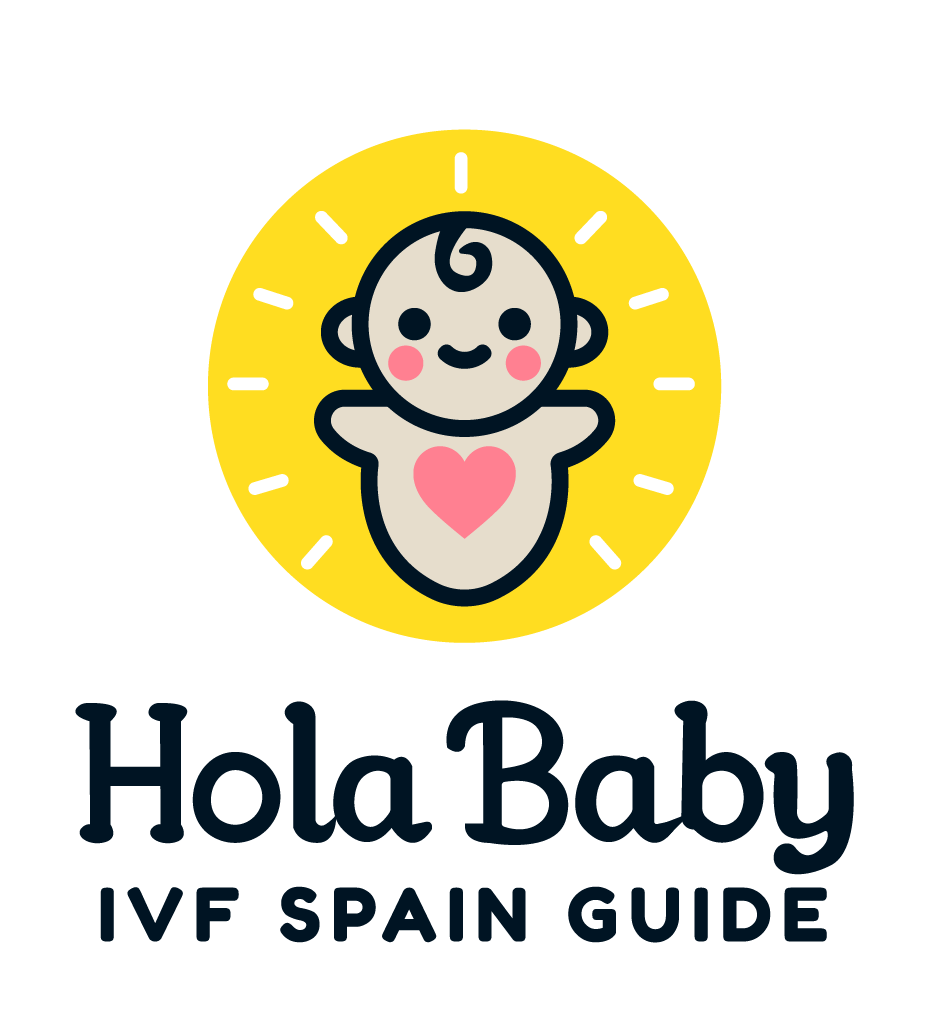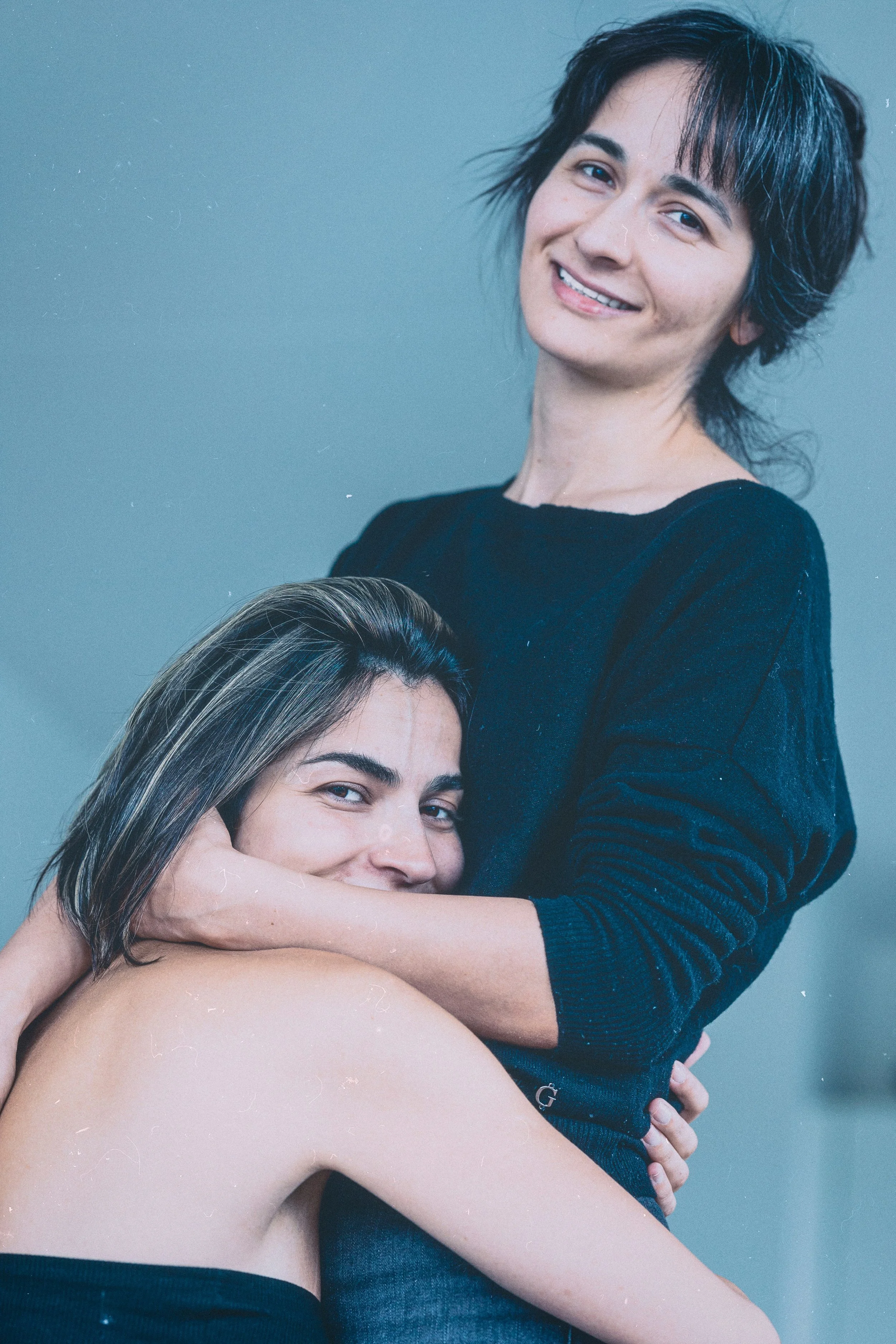We are a female couple and want to start a family. What are our options?
There are many fertility treatments for female couples to fulfil their dream of starting a family.
Reciprocal IVF (ROPA)
Reciprocal IVF, usually referred to as ROPA, is specifically designed for both partners to participate in the reproductive process. It is the most popular treatment choice for female couples.
How it works: One partner undergoes ovarian stimulation and egg retrieval. The eggs are fertilized in the laboratory using donor sperm, and the resulting embryos are placed into the other partner's uterus, where the pregnancy is carried to term.
The treatment starts with one partner taking medicine to boost egg production. After a period of 10-12 days, the eggs reach maturity and are extracted in a simple surgical procedure. In the laboratory, the eggs are fertilized with donor sperm and allowed to develop over several days. Finally, the embryos are transferred to the other partner's uterus.
Who it’s for: Female couples (or transgender couples with internal female genitalia) who wish to be actively involved in the pregnancy.
Advantages: This treatment allows both parties to share a biological connection with the child. One partner is the genetic mother (she provides the egg) and the other is the gestational mother (she carries the pregnancy to term).
Although it can be quite pricey (approx. €7 000), many clinics offer financing and treatment packages to help you budget expenses.
Artificial insemination with donor sperm
Artificial insemination (AI), also referred to as Intrauterine Insemination (IUI), is the simplest and most cost-effective treatment.
How it works: Artificial insemination involves inserting donor sperm into the uterus during ovulation. This is a simple and painless procedure in which a sperm sample is deposited through a tiny, flexible tube called a catheter. Depending on the age of the patient, a light dose of medication might be needed to increase your chances of success.
Who it's for: This treatment benefits single women or female couples with no fertility concerns and good overall health. It is generally recommended for women under 40 years of age.
Advantages: Inseminations are non-invasive, requiring no surgery or sedation. If medication is required, it has a much lower dosage than IVF and ROPA, so it is physically less taxing than these treatments.
While the success rate per cycle is lower than ROPA, multiple attempts can increase the probability of becoming pregnant. Inseminations typically cost between €800 and €1 600 every cycle with many clinics offering special price packages for three attempts.
If you wish to have several children and would like them to be genetically related, many clinics offer the opportunity to reserve straws of sperm from the same donor for future use. This gives the possibility for both members of the couple to become pregnant with the same donor.
In-Vitro Fertilisation (IVF) with donor sperm
Another alternative is IVF with donor sperm, offering higher success rates than inseminations.
How it works: The procedure begins with ovarian stimulation. By injecting yourself with medication your egg supply is increased. These eggs are subsequently extracted in a simple surgical procedure. In a laboratory, the eggs are fertilized with donor sperm, and after a few days of development, one or more embryos are deposited into the uterus.
Who it’s for: IVF is generally recommended to women who have had previous failed attempts at insemination. Success rates are highest for young women (up to 37 years of age). It is generally not recommended for women over 42 years.
Advantages: IVF has a high success rate, especially for healthy individuals. Although the average cost per cycle is between €5 000 and €7 000, many clinics offer financing or treatment packages.
If your treatment was successful, you may be able to freeze remaining embryos for future use. The treatment for transferring frozen embryos is simple and often requires no medication. Many female couples choose to have their second embryo transferred to the partner who didn’t experience pregnancy the first time.
Donor Selection
Choosing the correct donor is a crucial part of the medical process. In Spain, donors are rigorously screened to meet medical, genetic and psychological requirements. Clinics have detailed information on each donor including medical history, genetics and physical traits.
Donors are selected to match your physical characteristics (eye colour, skin tone, hair colour and texture, etc.) and/or those of your partner.
Finding a Clinic
It is critical to choose a trustworthy clinic that has experience treating female couples. Due to the progressive legislation in Spain, clinics have a long history welcoming lesbian and transgender patients.
Start by looking at our review of the top clinics in Barcelona. We only recommend reputable clinics with an experienced medical team, state-of-the-art equipment and psychological support for patients. Your clinic can provide the professional and emotional support you need to pursue your dream of parenthood.


